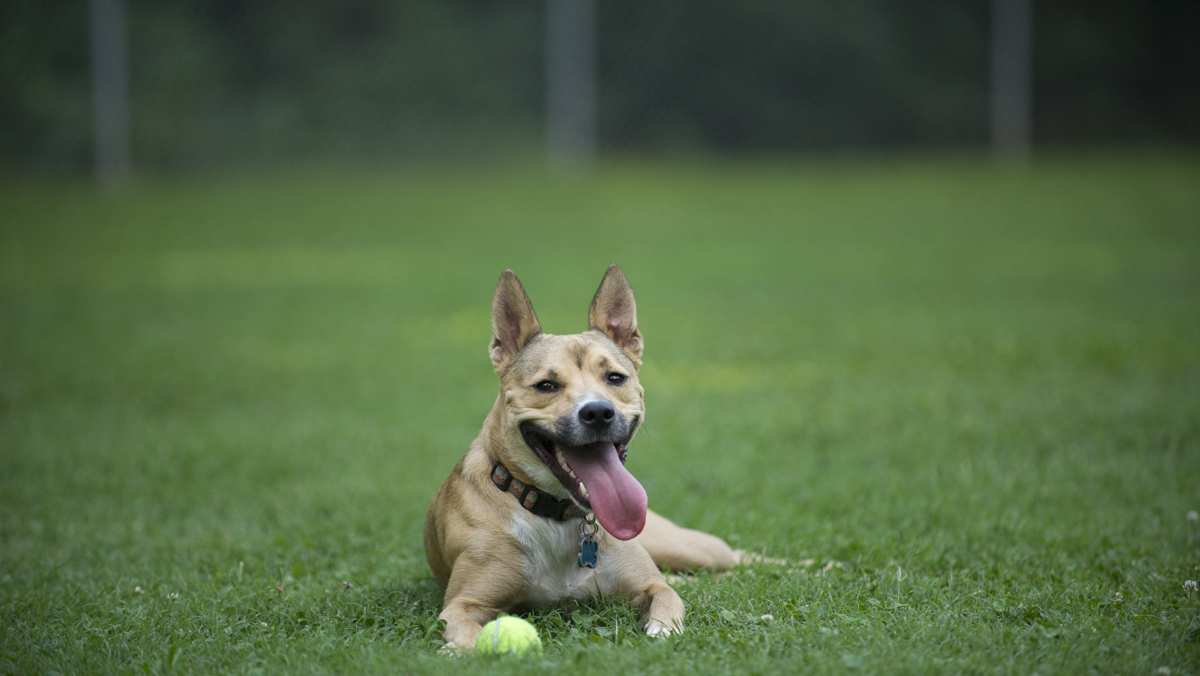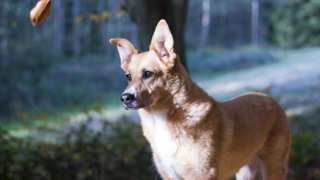Carolina Dog Breed Details
The Carolina Dog, or American Dingo, is a wild pariah-type dog that is currently found mostly found in the Southeastern United States, especially the South Carolina-Georgia area. What is unique about the breed is that that are exclusive from any European lineage and scientists postulate that it is America's oldest breed, initially crossing the Bering Land Bridge with Paleolithic migrants over 10,000 years ago! Leader of these hypothesis and discoverer of the breed, Dr. I. Lehr Brisbin furthers the acknowledgement of the dog he dubbed the "American Dingo" due to its close resemblance to the Australian Dingo. These dogs are now UKC and ARBA recognized.
Ideally, if you insist on owning a Carolina Dog (as opposed to letting them be in their natural state) you need plenty of time for exercise and socialization. A large fenced yard is best, as this breed may wander if adopted as an adult. Otherwise, they may live indoors but aren't well suited for apartment life. Here are a few American Dingo facts:
PROS
- Adaptable as a pet
- Usually non aggressive
- Good with children
- Friendly with other dogs
- Affectionately bonds with owner/family pack
- Easily groomed, little shed and odor
- Fairly quiet
- Not super active or high strung
- Can live indoors or out provided enough space
- Easily trained
- Excels in agility, obedience, games like frisbee
- Very healthy and long-lived
CONS
- Needs early socialization with cats and small pets they may consider prey
- May develop anxiety if left alone for the majority of the day
- Usually remains reserved around strangers
- May be aloof around you and, although affectionate, is not a lapdog
- Needs daily, outdoor exercise (about an hour)
- Long lived= long commitment

